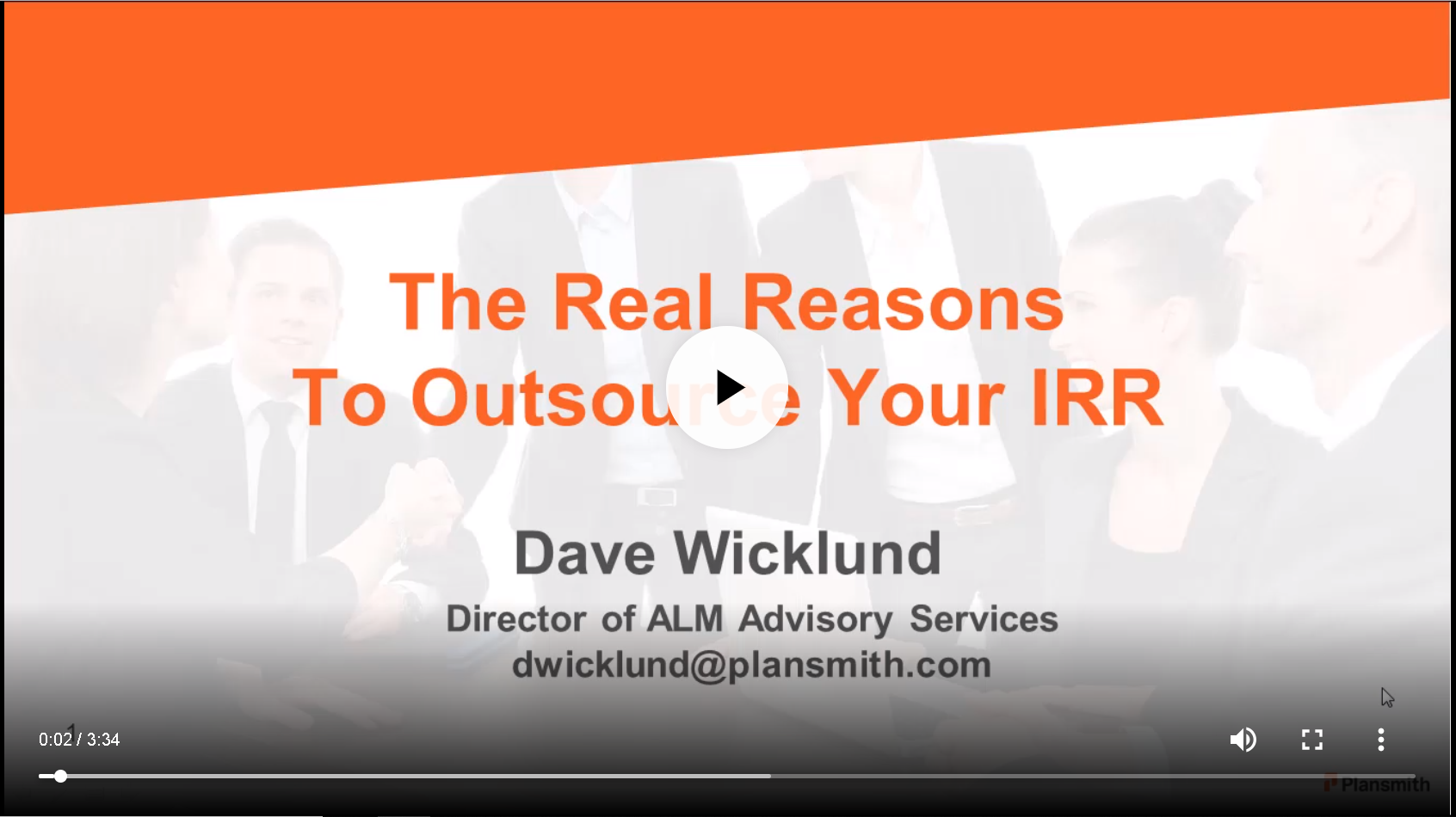Over the past 20 years I’ve experienced the usual ups and downs of home ownership. A leaky roof, a flooded basement, as well as the two-week bathroom remodel that turned into an eight-week job. I’ve seen it all. At first, I tried to tackle many home projects on my own. I soon discovered that I was a pretty good painter and a really bad plumber. After I accidentally caused an upstairs toilet to leak into the family room ceiling, I resolved to get help from a trusted plumber that had the proper tools and know-how to get any plumbing job done right.
Plansmith: Budgeting, Asset Liability Management, CECL & Strategy
For almost 50 years, Plansmith has helped financial institutions remove the stress from budgeting and interest rate risk.
As customer preferences and regulatory challenges progress, we create new solutions to complement our core in-house budgeting and IRR solutions.
Are you familiar with all of the ways Plansmith helps financial institutions like yours?
Technology is a beautiful thing. It allows people to seamlessly engage in business interactions from thousands of miles away. It helps strangers grow real, meaningful relationships. It bolsters professionalism and deepens client/company relations.
However, we find it can leave you feeling like something’s missing.
Knowing and understanding your organization's risk position is important. Regulators expect you to keep a close eye on your IRR exposure and be ready for a rising rate environment.
Does your organization have the IRR and Liquidity knowledge it needs to succeed?
Regulatory guidance emphasizes the importance of effective corporate governance and outlines expectations for both board members and senior management personnel. Specifically, interagency guidance identifies the board of directors as having the ultimate responsibility for the risks undertaken by an institution – including IRR and liquidity.
As you grow, your organization has more and more things to manage.
- Strategically, you’re working to find the right markets to penetrate with the ideal products and services.
- Financially, you’re making sure your earnings are meeting or exceeding targets.
- And organizationally, you’re looking for the right talent to expand and grow.
One thing you can’t ignore is the role Interest Rate Risk plays in the banking industry today.
After almost 50 years in the biz, we've learned a thing or two about banking. And since most of our employees have spent time in the industry, we know the heavy hitters that keep bankers up at night.
That's why we designed our business around one specific goal: giving our clients one less thing to worry about.
Running a successful business, like anything worthwhile in life, is difficult. Of course, the same can be said for operating a bank or credit union.
There's never enough time in a day to get everything done. The amount of work per number of hands to accomplish it isn't equitable. The number of new regulations versus training bandwidth is not even close to on par.
For almost 50 years, Plansmith has helped financial institutions become better organizations through improved planning. In that time, we've heard a lot of industry chatter - much of it a load of, dare we say, bologna.
For most banks and credit unions the annual budgeting process is just that, a “process” that is far from looked forward to.
The CFO gathers data and input from market managers and department heads. The President and CEO then hand down more information as well as targets and objectives that rarely align with the other information. It's then the CFO's and finance team's job to cobble it all together, make it balance, and deliver results to the Board for approval.
As anyone who has been through it knows, the process itself is not cut and dry. To be honest, it can be downright exhausting.




.jpg)





